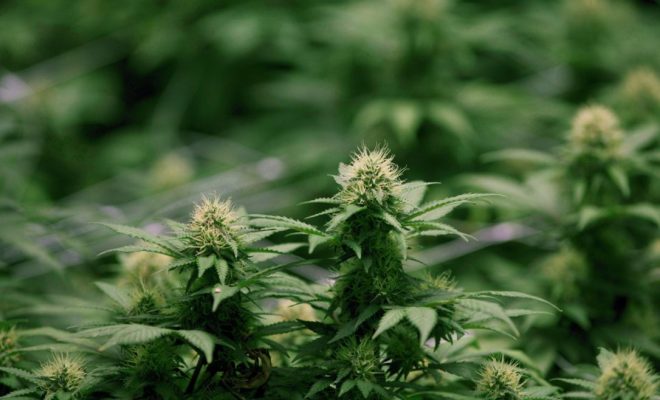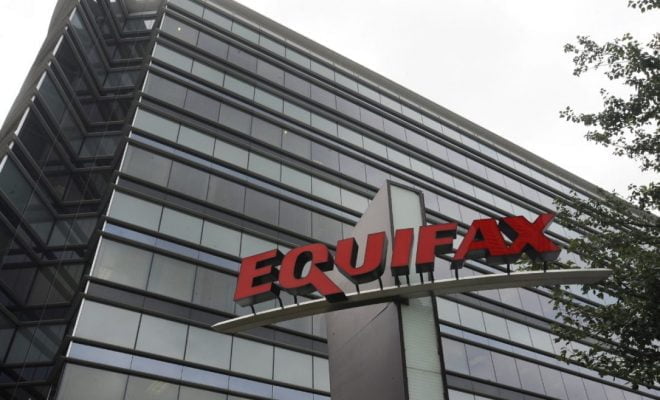Canadian Power – Québec Regional Overview

Following a transition period (without any new large private energy procurement in the Province since 2013), certain public statements of Québec government officials in 2020 have shed some glimmers of hope that Québec’s market may open up again to private energy procurement in the coming years. The last few years have been a period of transition in which the Québec government put a hold on new procurement and focussed on exporting its significant electricity surplus, while using the surplus to support the energy transition, including the electrification of transportation. Now that the electricity surplus has shrunk, Hydro-Québec, the Province’s government owned public electricity utility, now forecasts that additional long-term electricity supplies will be needed as early as 2025. Hilo, Hydro-Québec’s new energy saving subsidiary, will also be a part of the Province’s supply mix.
In summer 2020, Québec premier François Legault stated that the price of wind power had become more attractive and that the next power projects in Québec would likely be wind power. Around the same time, Hydro-Québec consulted the power generation industry on electricity supply with a view to identifying how to best meet future energy needs. Discussions included potential changes to the regulatory framework governing electricity supply. The Province’s exportation strategy also generates renewed optimism with respect to a potential expansion of wind energy supply in Québec.
In spring 2020, Hydro-Québec announced that it would temporarily suspend the international investment activities it had been pursuing since 2016 through its arm, HydroQuébec International, in order to focus on provincial opportunities and to play a key role in the Province’s economic recovery amid the COVID-19 pandemic. Hydro-Québec’s investment (via a private placement of common shares) in Innergex Renewable Energy and the related co-investment strategic partnership announced in February 2020 could be an indication of how HydroQuébec intends on pursuing international opportunities in the near future.
Québec’s Electricity Export Strategy
It is a stated objective of Hydro-Québec to increase its exports beyond its borders. By the same token, the utility hopes to support the decarbonisation of northeastern North America.
The COVID-19 pandemic has had an impact on HydroQuébec’s exports to markets outside of Québec. Lower energy demand brought on by the pandemic resulted in lower market prices in export markets, particularly in the first quarter of 2020. Warmer seasonal temperatures also caused a decrease in demand for electricity. The decreased demand led to a corresponding decrease in average export prices, which dropped to 4.4 ¢/kWh (from 4.9 ¢/kWh in 2019) in the first six months of 2020, and dropped to 4.3 ¢/kWh (from 4.4 ¢/kWh in 2019) in the third quarter of 2020. Net electricity export amounts were also down in 2020 compared to 2019 by 1.7 TWh for the first half of 2020 and by 3.2 TWh for the third quarter of 2020.









